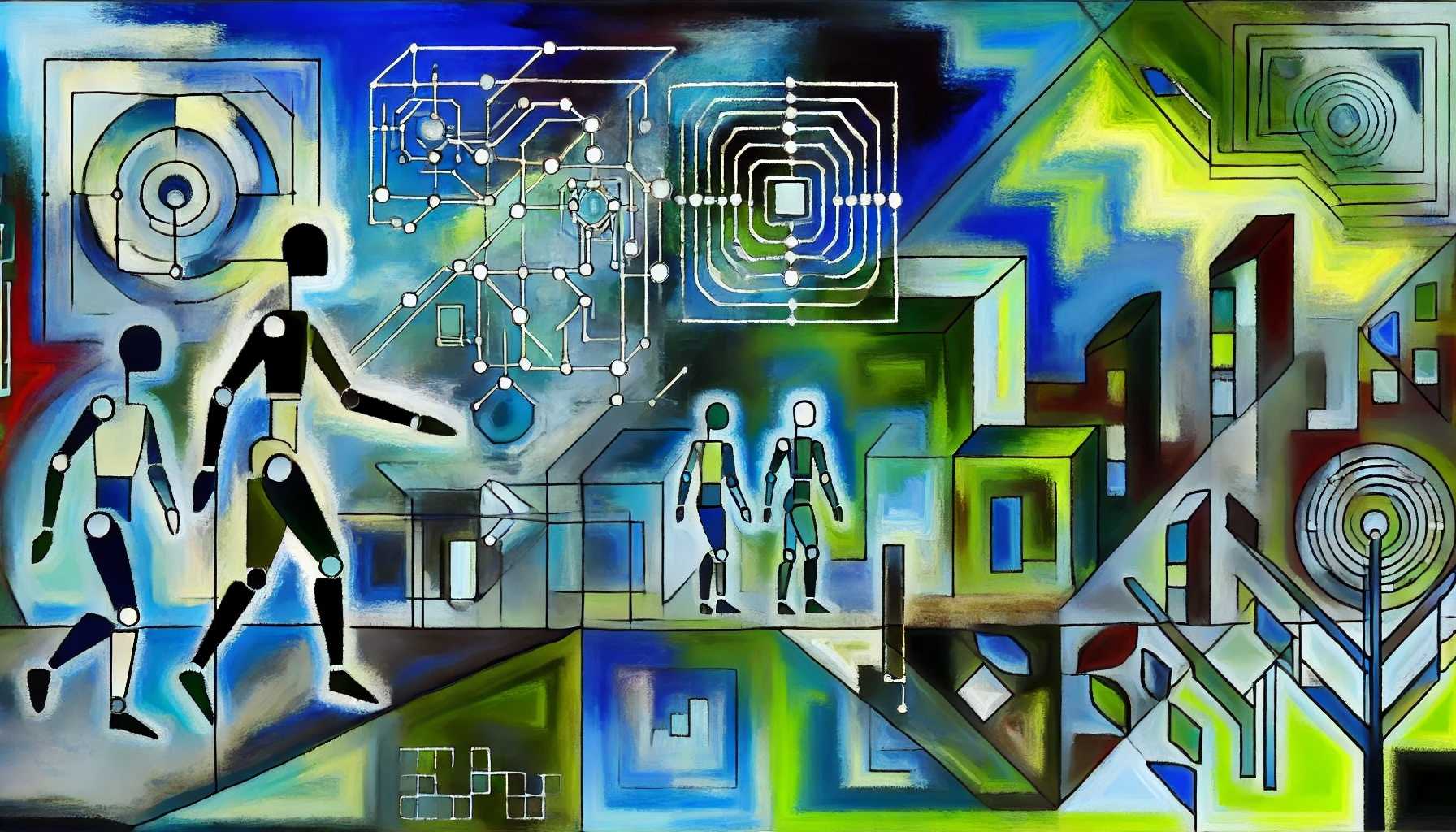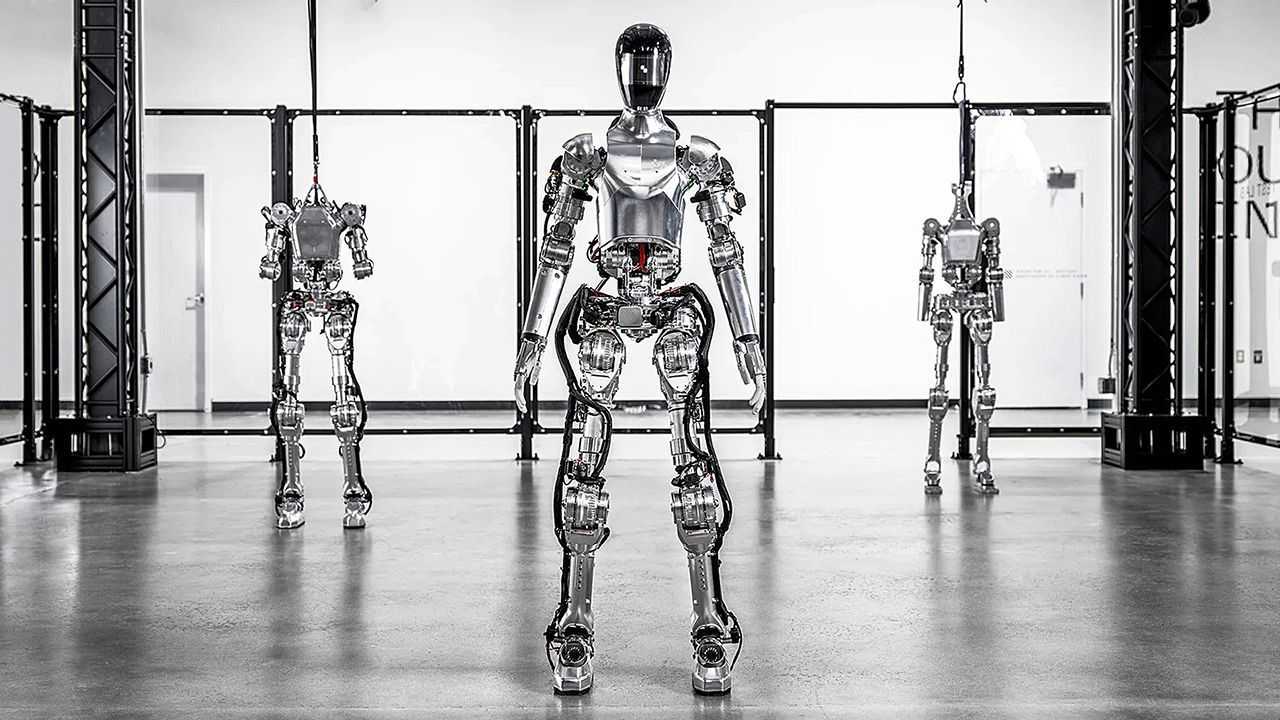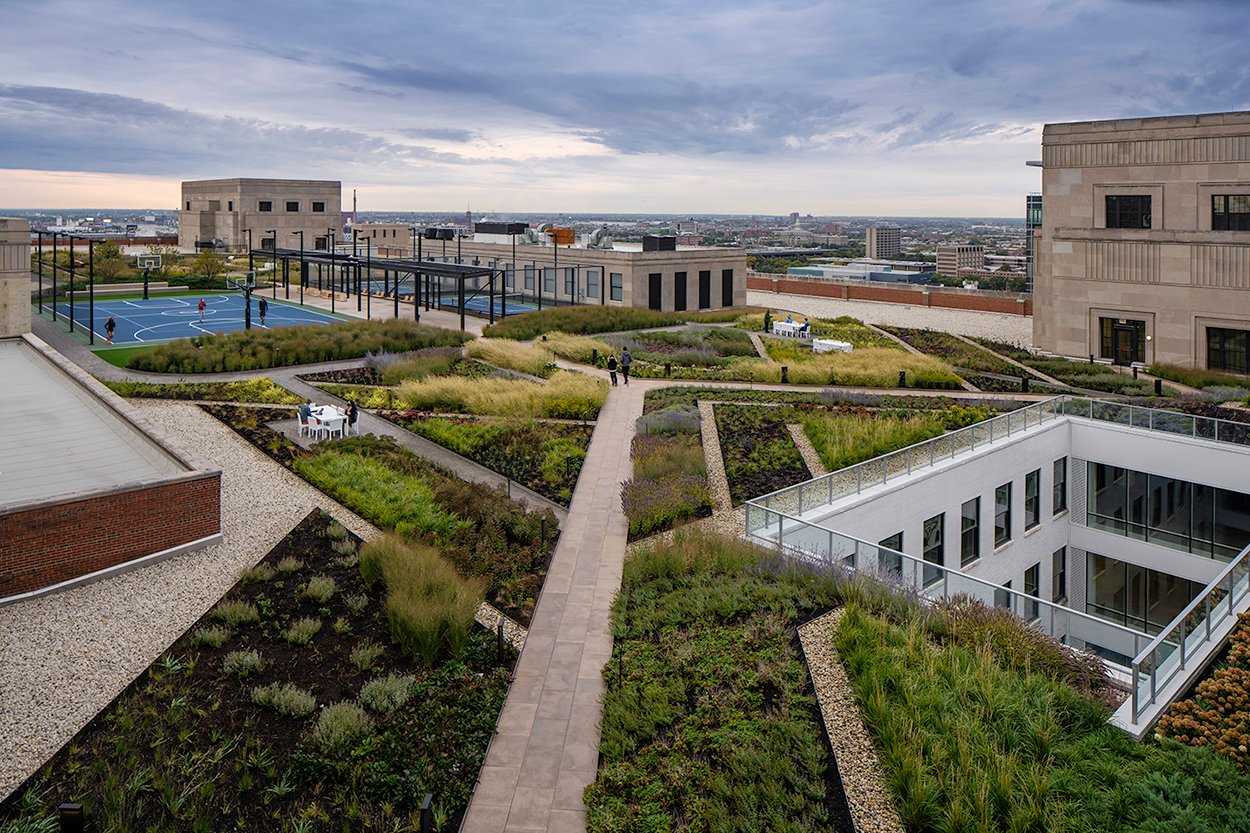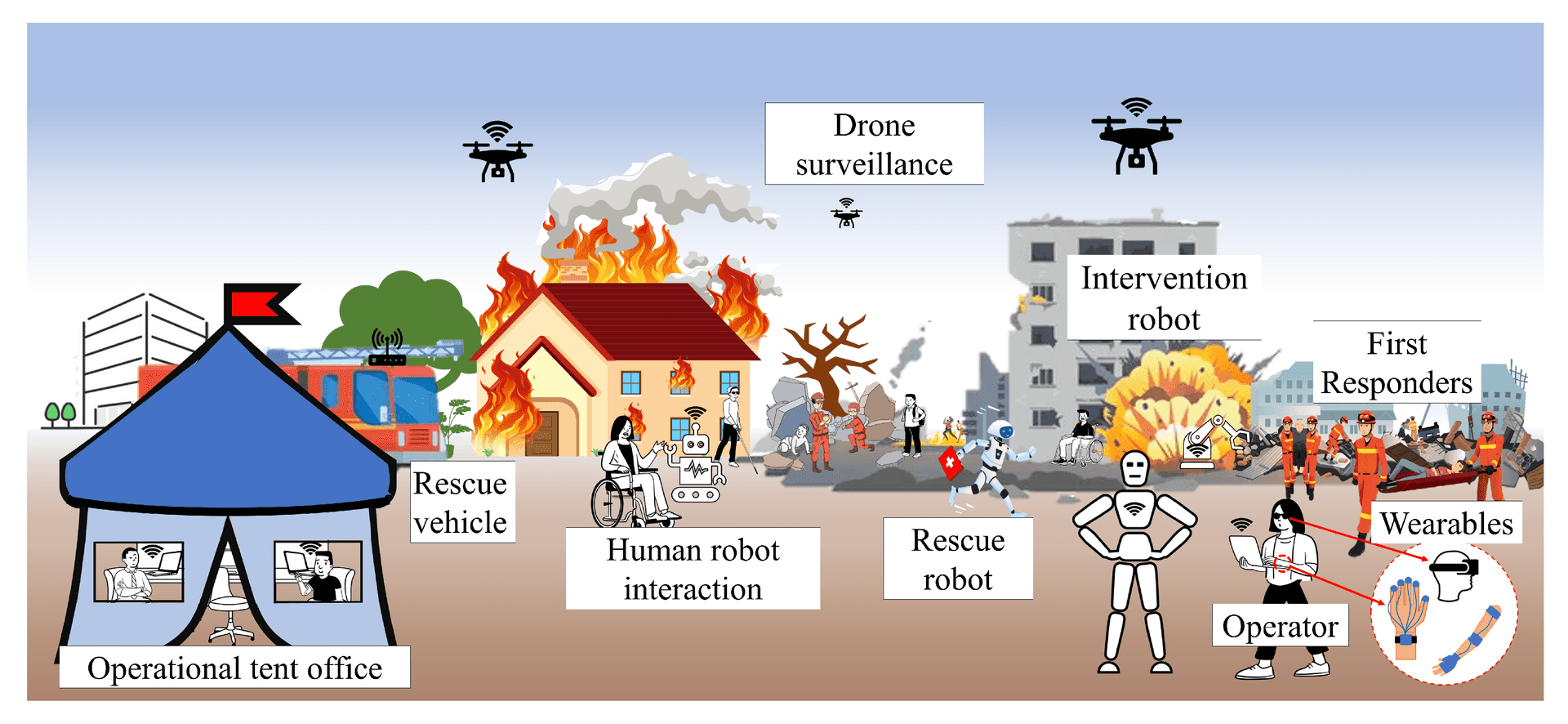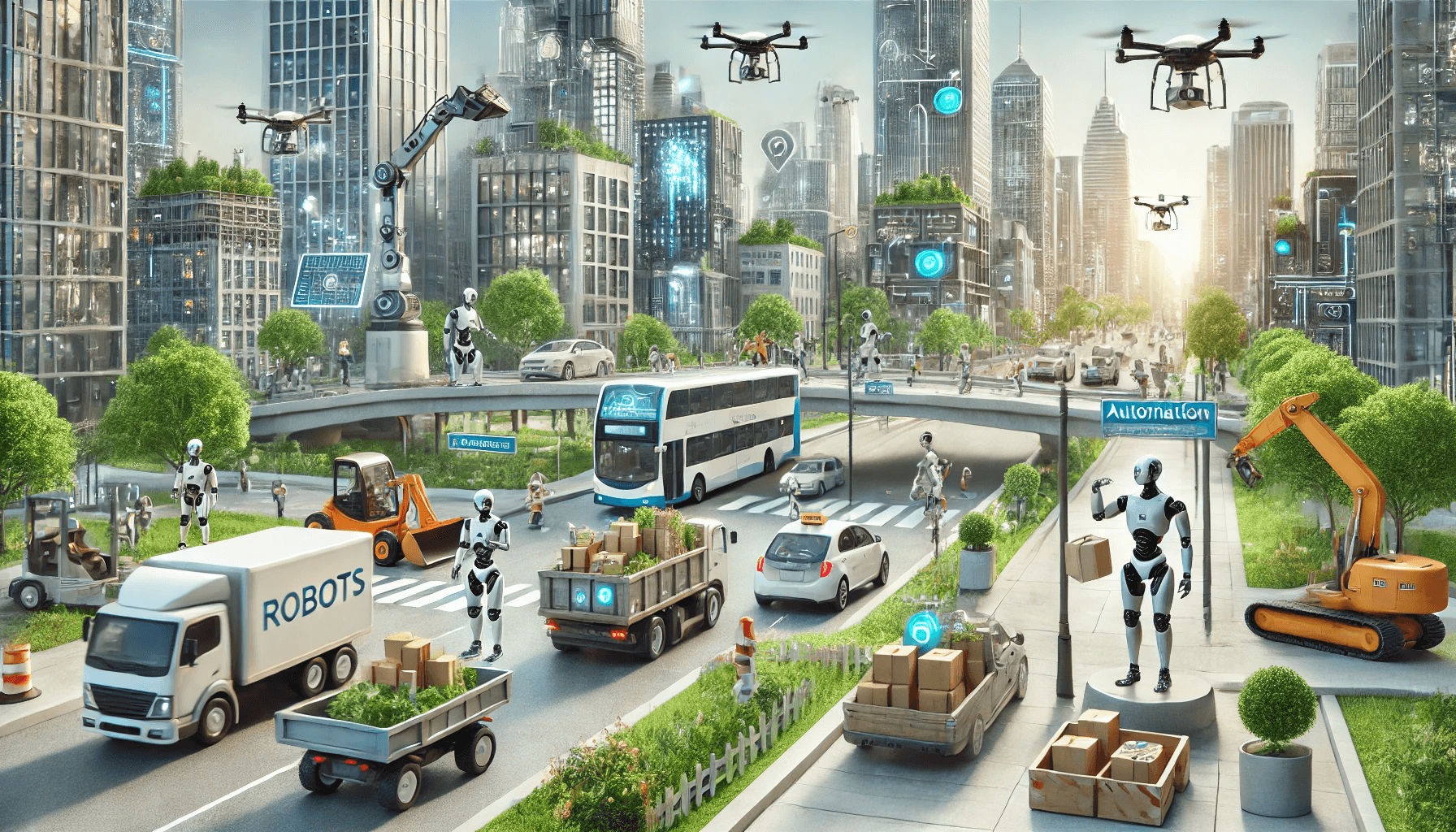
Autonomous infrastructure
From micro-managed to self-managing networks.
How likely? How soon? What impact?
Cities have already retrofitted manual controls in infrastructure networks with automated ones. But in the coming years, a wide variety of fully-autonomous upgrades will turn these micro-managed systems into self-managed networks. Driving this trend is the development of large action models, which employ generative AI to help robots learn from and interact with humans and their surroundings. Meanwhile, the development of compact, energy-efficient AI models suitable for edge devices are enabling sophisticated capabilities for sensors, controls, and networks embedded within the built environment.
These innovations collectively point towards a future where urban infrastructure can self-regulate, adapt, and respond to challenges with minimal human intervention, enhancing efficiency and resilience. However, technical and governance frameworks for repsonsible autonomous infrastructure innovation is lacking. Living lab testbeds for experimenting with robotic systems in urban settings do not yet exist, and are needed to refine these technologies in well-regulated settings before wider deployment. Ethical frameworks are being developed to guide the use of AI and robotics in infrastructure management high stakes disaster-response scenarios.
Personalized Insights
How might this trend shape your future? Generate a set of personalized insights to explore challenges, opportunities, and potential innovations. Simply select a sector, occupation, and target year — then press the button and let our AI do the work.
Generator Settings
Signals
Signals are evidence of possible futures found in the world today—technologies, products, services, and behaviors that we expect are already here but could become more widespread tomorrow.

